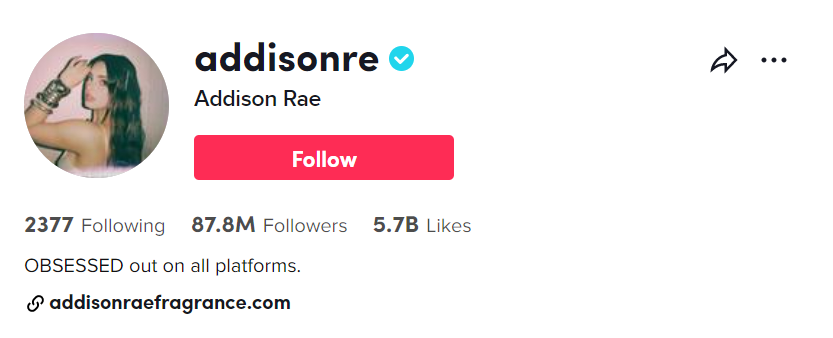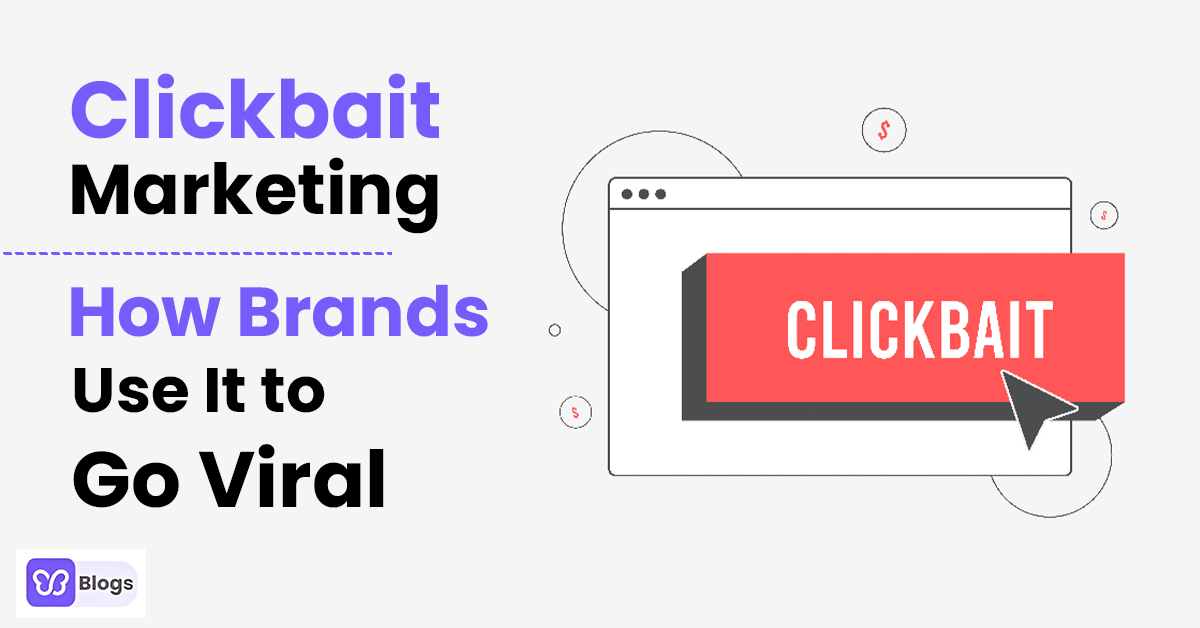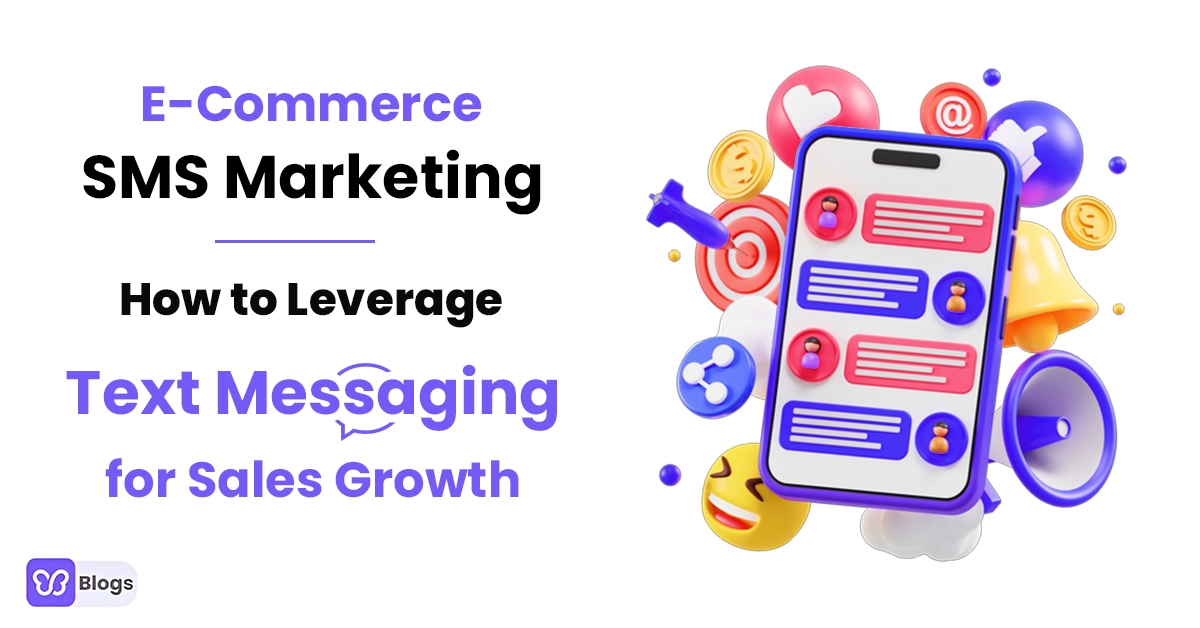One way to work with them is through...
1. Product Sponsorships
As the name implies, you will sponsor the influencers with your products.
You're giving your products for free in exchange for their free advertisement, depending on the distribution channel and the type of content.
And sometimes, brands or advertisers still need to pay the influencers for product placement or sponsorships on their platforms.
Also, there are times when the point of product sponsorships is to support an influencer with their endeavors.
For example, you can sponsor an influencer with clothes if they attend an event.
Or, you can send them food on their birthdays or events. It really depends on what you agreed upon.
Let's see an example.


(Source)
Stephanie Soo is a popular Youtuber in the United States.
She mentioned this app in the first part of her video and made sure to have a disclaimer that it's sponsored and that she doesn't take any commission.
She utilized the paid promotion tool of Youtube, too.
One of the purposes of product sponsorships is to feature your products and let people know your brand exists.
Again, it's up to you and the influencer if promoting your products on their platform is entirely free.
But remember Step 1: Understand The Rules.
The influencers need to disclose the sponsorship so your target audience will have an idea if they really paid for your products voluntarily or not. Just like what Stephanie did in hers.
Another way to work with them is through...
2. Paid Partnership
In paid partnerships, the influencer directly states that the product is an ad.
Sometimes, they're also using the "Paid Partnership" or "Paid Promotion" labels by social media platforms.
This way, your target audience, and their followers would know that you paid them to advertise their products.
Here's an example:

(Source)
You can see in this post that this is a paid partnership with Polo Ralph Lauren and an #ad hashtag.
And Chriselle Lim, the influencer, is encouraging her followers to download the app. She talked about a few interesting features of the app.
That's probably one of the goals of this campaign.
So, if you have the budget to pay influencers to promote your products or services, go for it!
Or, you can also try...
3. Affiliate Marketing
Affiliate marketing is probably not new to you.
But if yes, let me explain further.
Affiliate marketing means you are paying an influencer a commission every time someone purchases from your eCommerce store using their referral links or codes.
This is a great way to work with influencers because sometimes, you don't need to pay them upfront.
This would still depend on your agreement, but affiliate marketing is performance-based.
So, you only have to pay them the agreed commission rate.
Again, the influencer must disclose that they earn commission through their links or codes.
Just like what The Stripe is doing on their blog/website!

Giant eCommerce players have their affiliate programs, like Amazon. This allows bloggers or any influencers to link their favorite Amazon products and earn a commission.
They make sure to have a proper disclosure to let their readers know about the commissions.
Want another option?
4. Brand Ambassadors
Brand ambassadors usually have long-term relationships with influencers or celebrities.
These are influencers who can promote your brand across their social media channels. Just like affiliate marketing, they also get their own codes or link.
But here's what makes them more special...
They get extra perks and they're not just a one-and-done deal.
It's not a simple linking or posting of products. They are representing and are part of your company.
This is an example of ambassador program for Pura Vida.

(Source)
Here are the perks of joining their ambassador program. There are rewards, community channels, access to exclusive content and VIP giveaways, cash commission, and sneak peeks.
Under the perks, they also stated how to join the program.
So, if you want to have ambassadors, too... you need to streamline your process and define the perks.
If you're not yet ready to invest in ambassador programs, you can also have...
5. Giveaways
By partnering with the right influencer, giveaways can be a great way to reach your target audience.
This will help increase your brand awareness because you are tapping into the right people who haven't heard of your brand yet.
For example...

(Source)
This is a fashion website that sells luxury products. So, they partnered with an influencer that specializes in fashion, beauty, and lifestyle.
Why? Because her audience would take an interest in their company because they're into these things, too, just like her.
But giveaways can be a little knotty and you need to be meticulous with your mechanics.
You need to get something in return, so your resources won't go to waste.
First, you need to revisit your goals. Is it to gain followers? If yes, make sure to include it in your mechanics.
Next, make sure that the influencer is also benefitting from it. You can ask the participants to follow both you and the influencer.
And lastly, pay attention to other practical details of the giveaway... like the location, who are eligible to join, when is the deadline, how you will contact, and how are you choosing the winner.
If this doesn't work for you, you can also try...
6. Social Media Takeover
A social media takeover means influencers are taking over your social media accounts. It can be through stories or live.
There are different ways to pull this off.
You can ask an influencer to take over during events or shoots, or you can ask them to create content for you and post them on your stories to make it seem like they're the ones using your account.
Here's an example...

(Source)
Sephora asked an NYC-based influencer and part of the Sephora squad, Anna Page, to talk about her favorite products under $25.
You can buy these products from Sephora.
So, this can still count as a social media takeover because the influencer talked about Sephora products using the official Instagram account.
The purpose of a takeover is to showcase your products or current happenings through an influencer's perspective.
And again, make sure to find the right influencers so you can bring in the right audience to your page!
The next way is through...
7. Product Reviews
The purpose of this is for the influencers to review your products. Not just promote it like in other types of paid advertisements.
You need to send your products to trusted influencers within their niche.
It can be an educational vlogger because it can highlight the product features.
For example...

(Source)
This video from Youtuber Mrwhosetheboss is sponsored by Casetify. He's a tech reviewer and created a drop test video to showcase how extraordinary the protection is.
And again, the Youtuber had a disclosure that it's sponsored by Casetify but the reviews are his own thoughts.
You see, product reviews can be your social proof, especially if it comes from well-known and credible people.
So, here's another way to work with influencers...
8. Send PR Package
Sending a PR package doesn't guarantee social media exposure.
Some really big influencers want every product promotion to be paid, especially if they make thousands of dollars from it.
But don't worry!
There are still a lot of influencers who create content to show the PR packages they get! It can be an unboxing video, or photo of your products with a "thank you" caption on their stories.
It varies because every influencer is different.
But sending influencers PR packages is also one way to increase your brand awareness. Who knows, right?
Maybe their followers aren't aware of your eCommerce brand yet.
This is an example from TikTok.

(Source)
Kate Bartlett unboxes the PR packages she got for the week to share with her followers!
And lastly...
9. Co-Branded Products
Co-branded products mean you're naming the products after an influencer or any public figure.
This is also an amazing way to work with influencers or celebrities because their fans can help increase your sales. And again, make your eCommerce brand known.
But here's the thing...
This might cause you a sum because you're literally coming up with a new product and name it after them, which is a different deal.
Here's an example of a product named after celebrities.

(Source)
Have you ever tried the BTS meal? It was a limited edition McDonald's meal named after a famous Korean boy band, BTS.
This meal increased McDonald's sale by up to 41% in the second quarter of 2021!
That's how co-branding can help you increase your sales as long as you do it with the right people.
Before we talk about a few campaign examples, let me discuss...






























